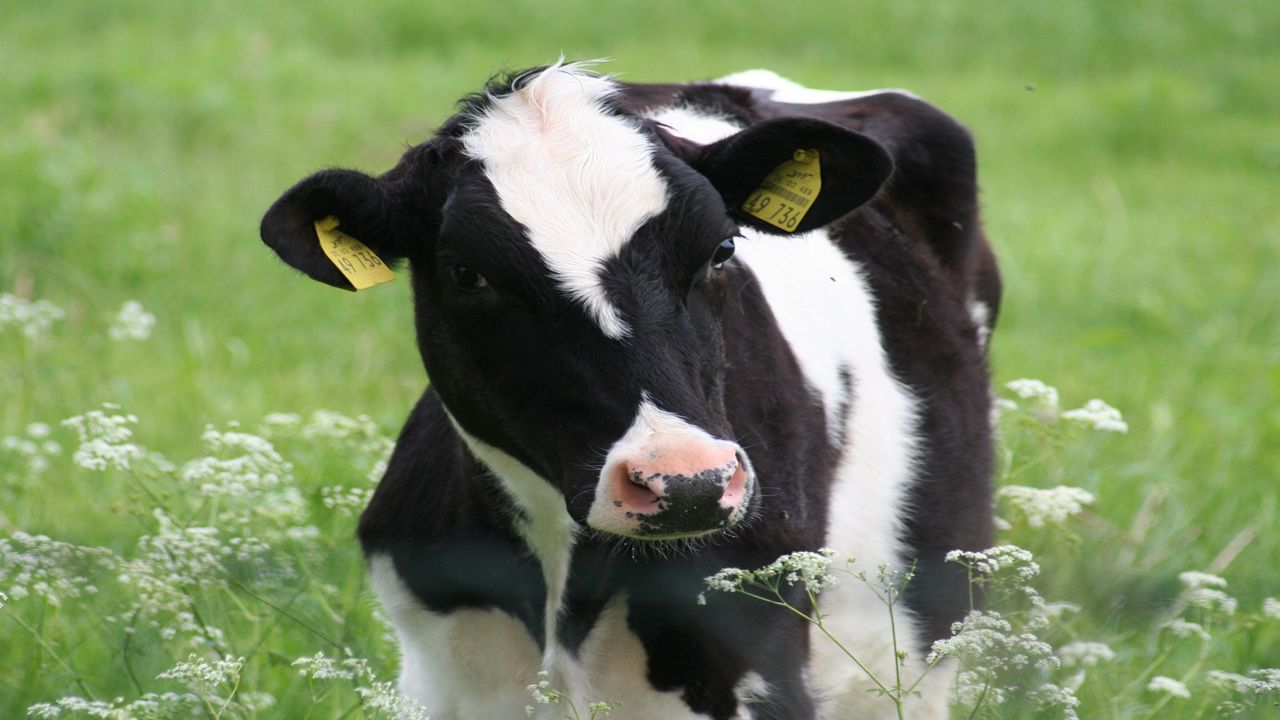Wisconsin is known as "America's Dairyland," and as of 2019, there were nearly 8,000 dairy farms throughout the state.
Graduating with a degree in Agricultural Communication and Atmospheric Sciences, I often like to combine the two fields and see how they affect one another.
Let's walk through what weather conditions are ideal for dairy cows' optimum performance.
After reading several studies, it is clear that overall, cows perform best in "moderate and cool" weather.
Studies showed that dairy cows would reach "optimal performance" when the temperature was anywhere from 40 to 60 degrees Fahrenheit with low humidity.
This range makes sense because when cows are overheated, they tend to take in more water and less food. The opposite happens during the extreme cold; less water and more food intake.
Each scenario leads to a decrease in milk production.

That's why when the environment is cooler, less humid, and calm, the cattle tend to have a more balanced intake of water and food. This allows them to produce more consistently without added stress from environmental factors.
I found it rather interesting that the studies also showed moving to shelter during extreme weather events puts high stress on cows' bodies, not allowing them to produce at peak levels.
It is fascinating to see how the environment can impact an animal's behavior and overall yield.
